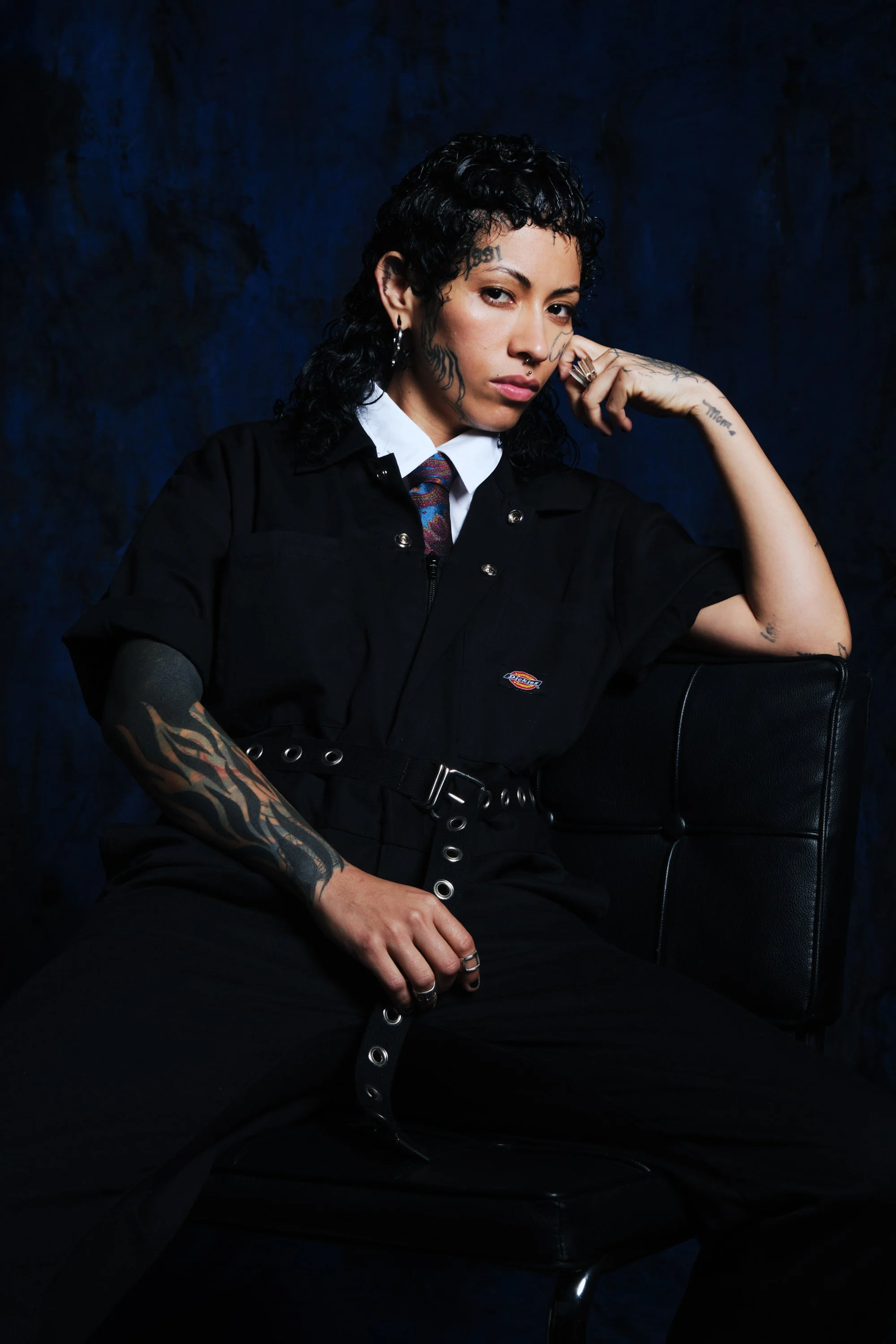Transient Ties
‘Transient Ties’ recounts the forced migration of Michaela Nagyidaiová’s grandmother, Eleni/Lena, who fled Greece during the Greek Civil War. Set in Slovakia, the work delves into her identity as a political refugee and examines the impact of displacement on cultural heritage. It sheds light on the fragility of one's connection to their homeland after fleeing.
Photography Michaela NagyidaiováOne of the contemporary migration routes begins in Turkey, continues in Greece, and unfolds through Southeastern European countries towards Central Europe. Once, Greece was a starting point of a similar migration route, walked by Lena (in Slovak & Macedonian) or Eleni (in Greek), who was forced to escape her homeland. She was never repatriated to her native environment in northern Greece and thus re-connected with the Macedonian minority, into which she was born.
‘Transient Ties’ represents the fragility and impermanence of one’s connection to homeland after having to escape it.
Since my childhood, I always wondered why my grandmother speaks some Greek and some Macedonian. Until I was about twenty-two, I wasn't aware of the full story of how as a child, she fled Greece and created a new life for herself in former communist Czechoslovakia. Her whole childhood and life were directed by war and political circumstances. ‘Transient Ties’ represents the fragility and impermanence of one’s connection to homeland after having to escape it. It analyses the process of cutting ties with one's birthplace, whilst attempting to integrate within a new environment.
Due to the Greek Civil War, thousands of children in Greece were sent to communist countries in Central & and Eastern Europe.
The work visually unearths the culture and environment in Greece that Eleni/Lena was stripped of. Lena's uprootedness was a result of the Greek Civil War (1946-1949) fought between monarchists and communists, heavily supported by the UK and USA, as the West didn't want Greece to be yet another country falling under communist regime spreading in Europe at the time. The communist side was receiving support from Yugoslavia, Albania, and Bulgaria. Due to the Greek Civil War, thousands of children in Greece were sent to communist countries in Central & and Eastern Europe.
In ‘Transient Ties’, I collaborate with my grandmother Lena/Eleni and my mother (Lena's daughter), while exploring her identity as a former political refugee and the bonds between displacement & and cultural heritage. The work contemplates the consequences of displacement, triggered by forced migration.
About Michaela
Michaela Nagyidaiová (*1996, Bratislava) is a Slovak documentary photographer based in Bratislava. Her work analyses the connection between landscape and memory, the transformation of Central & Eastern EU from communism to capitalism, as well as migration, and roots. She is interested in how ideologies and politics influence the personal layers of everyday life or family and native environment. Drawing inspiration from often unresolved past events, though also contemporary issues, she usually works on long-term and personal projects that allow her to combine her photographs with text or archival material.
She graduated with an MA in Photojournalism & Documentary Photography at the London College of Communication in 2019. Her reportage work has been featured in The Wall Street Journal, Bloomberg, The Financial Times, Wired, Canon EU online, [fjúžn] magazine, and Hospodárske noviny.
Michaela is a member of Women Photograph since 2021 and Futures Platform since 2023. Find her portfolio also on Blink network.
To see more of her work, visit her website or follow her on Instagram










































